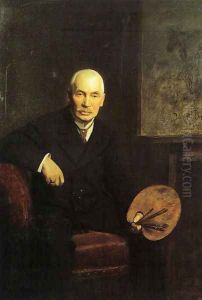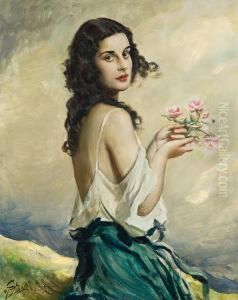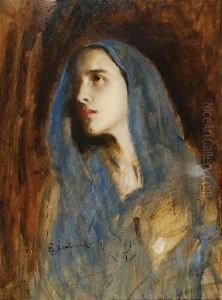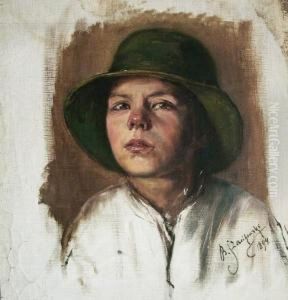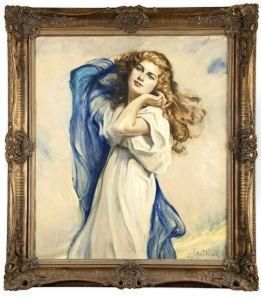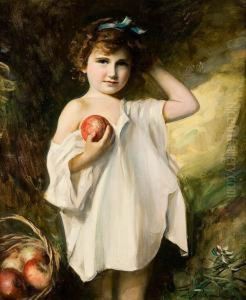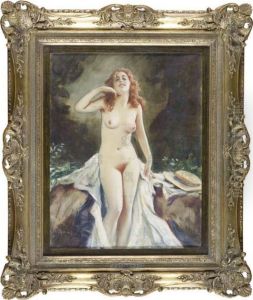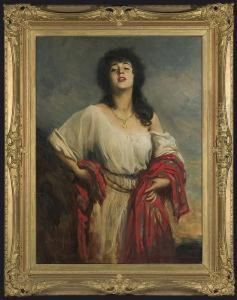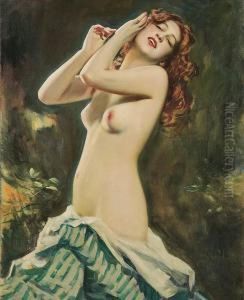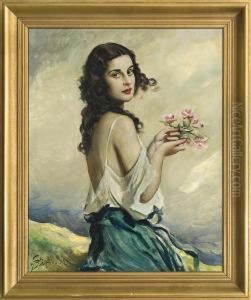Boleslaw Szankowski Paintings
Bolesław Szankowski was a Polish painter, born on May 1, 1873, in the town of Wieliczka, which was then part of the Austro-Hungarian Empire. Szankowski is best known for his portraits and genre scenes. He studied art at the Kraków Academy of Fine Arts under the guidance of renowned artists such as Jan Matejko and Leon Wyczółkowski. His education also took him abroad to Munich and Paris, where he was influenced by the contemporary European art movements of his time.
During his early career, Szankowski focused on historical and allegorical themes, which were quite popular in Poland during the late 19th and early 20th centuries. However, he gradually shifted his interest towards portrait painting, capturing the likenesses of many notable individuals of his era. His portraits are characterized by their realism, attention to detail, and subtle psychological depth.
Szankowski's work received acclaim not only in Poland but also internationally. He participated in numerous exhibitions, winning awards and recognition for his contributions to art. Despite the turbulent times marked by World War I and World War II, Szankowski continued to create and exhibit his works.
After Poland regained independence following World War I, Szankowski's art evolved to include more national themes, reflecting the pride and identity of the Polish people. He also taught at the Academy of Fine Arts in Kraków, where he influenced a new generation of Polish artists.
Bolesław Szankowski passed away on October 1, 1953, in Kraków, Poland. Today, his paintings are part of many prestigious collections and museums in Poland and around the world. His legacy as a portraitist and educator continues to be celebrated in Polish art history.
